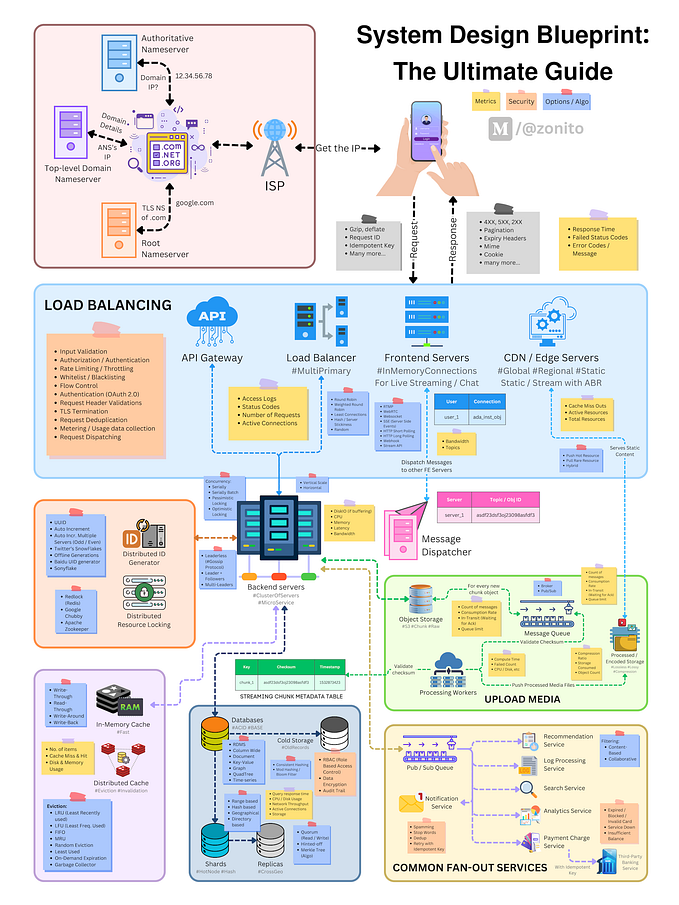10 Steps to Improve Code Quality — Turnkey Tech Solutions

Improving code quality is crucial in any software development project, ensuring the codebase remains manageable, scalable and bug-free. High-quality code leads to improved performance, reduced defects and enhanced team collaboration. In this article, we will outline various steps you can take to increase code quality: code readability, modularity testing, and documentation performance optimization.
Why Is Code Quality Important?
Code quality is crucial for several reasons. First and foremost, high-quality code makes development processes more manageable, allowing developers to quickly understand and modify it as necessary. It also facilitates effective collaboration among team members by making code readable. Furthermore, well-structured code reduces bugs and errors for more reliable software resulting in lower maintenance costs and enhanced scalability, as clean code can easily adapt and extend itself to accommodate future requirements. Ultimately, investing in quality can result in more efficient development processes, improved software reliability, and increased customer satisfaction!
10 Steps to Improve Code Quality
1. Consistent Code Formatting
Coding style guidelines play a pivotal role in code readability. Establish a set of indentation, line length, naming conventions and brace placement policies and enforce them using linters or automated formatting tools like Prettier or Black to keep code formatting consistent for readability and ease of maintenance purposes. A consistent format improves readability while making codebases easier to manage.
2. Meaningful Variable and Function Names
Naming variables, functions, classes and modules with meaningful names provides greater code clarity. Avoid generic terms like “temp” or “foo”, and select names that convey purpose and functionality for code entities — helping other developers quickly comprehend your intent while decreasing errors.
3. Break Your Code Down Into Modular Components
By breaking your code into smaller, modular pieces that serve specific functions, you can promote code reusability, improve maintainability, and facilitate testing more easily. Each module or function should have a clear responsibility. It should operate independently from other parts of your codebase — applying modularity principles like encapsulation and separation of concerns can result in cleaner and easier-to-manage codebases.
4. Follow Design Patterns and Best Practices
Design patterns and best practices provide effective solutions to common software development challenges. Get familiar with popular patterns like Singleton, Factory, Observer and MVC (Model-View-Controller) to effectively apply these solutions in your codebase. Adherence to best practices helps enhance code quality by applying proven strategies while avoiding common pitfalls.
5. Implement Comprehensive Unit Testing
Unit testing is key to the correctness and stability of your code. Create comprehensive unit tests covering different scenarios and edge cases using testing frameworks like JUnit, pytest or Jasmine — then run these frequently so they catch bugs early while providing documentation of the expected behavior of your code.
6. Prioritize Code Reviews
Code reviews are an indispensable way of improving code quality. Encourage team members to conduct thorough reviews of each other’s code to identify potential issues, gain new perspectives and share knowledge. Set clear guidelines for code reviews focusing on elements like adhering to coding standards, efficiency, maintainability and performance.
7. Documentation and Comments
Well-documented code is easier to comprehend and maintain. Use comments to explain complex logic, algorithms or any non-obvious decisions made during development. Likewise, document APIs, libraries or modules using tools like Javadoc or Sphinx; providing detailed yet succinct documentation helps other developers interact more efficiently with your code while eliminating confusion among team members.
8. Optimize Code for Performance
Optimizing code performance can significantly enhance its quality. Use profiling tools and techniques to identify performance bottlenecks, optimize algorithms, reduce unnecessary computations, and decrease resource consumption. However, remember to prioritize readability and maintainability over premature optimizations and measure their impact to ensure tangible benefits are delivered from them.
9. Use Version Control System Effectively
Git provides a structured solution to managing code changes with its version control systems (VCSs). Branching and merging can help keep the codebase organized while creating an orderly commit history. Commit frequently while leaving meaningful commit messages; version control systems help facilitate collaboration while tracking changes effectively and permitting easy rollback when issues arise.
10. Implement a Continuous Integration and Deployment Pipeline
Create a continuous integration (CI) and continuous deployment (CD) pipeline to automate build, testing, and deployment processes. Doing this ensures code changes are thoroughly tested before being released to production efficiently — eliminating human error while shortening the time between changes and deployment, resulting in improved code quality and faster iteration cycles.
Conclusion
At its core, code quality improvement is an ongoing task requiring consideration from various aspects of development. By following the steps outlined above and adhering to them, you can establish a solid basis for code quality resulting in software that is maintainable, scalable, and robust; better productivity, fewer bugs and happier users are the ultimate results of high-quality code!
Turnkey Tech Solutions: Empowering Businesses through Custom Software Development
At Turnkey Tech Solutions, we specialize in crafting tailor-made software solutions tailored to the unique business requirements of each of our clients. Our expert development team utilizes state-of-the-art technologies to produce robust and scalable apps to streamline operations, increase productivity, and fuel long-term growth. Partner with us to streamline operations, boost productivity, and drive sustainable expansion! Reach out now so we can discuss your software development requirements and kickstart digital transformation efforts!
Originally published at https://blog.turnkey.work on May 30, 2023.








